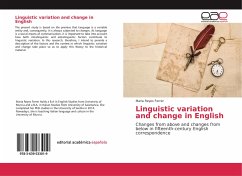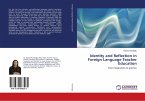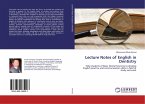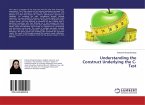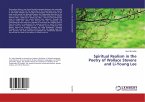Historical correspondence has been the object of increasing interest in the field of English linguistics. There has been a significant growth in interest in letters written by encoders from the lower classes. This work focuses on the letters produced by two soldiers from the lower social classes who served as soldiers in Highland regiments on the Western Front in the Great War. For serving soldiers, and for their families at home, the creation of Great War epistolary discourse served the purpose of bridging distances and maintaining family bonds. The conservation of Great War letters by families grants a precious insight into how the lower classes discursively constructed their experiences of the conflict, in their own words. This book analyses a corpus constituted by letters that were sourced, scanned and transcribed. The transcribed letters led to the creation of a corpus of approximately 94,477 running words which were written between September1914 and late November 1916, covering the first two years of the conflict.
Bitte wählen Sie Ihr Anliegen aus.
Rechnungen
Retourenschein anfordern
Bestellstatus
Storno


